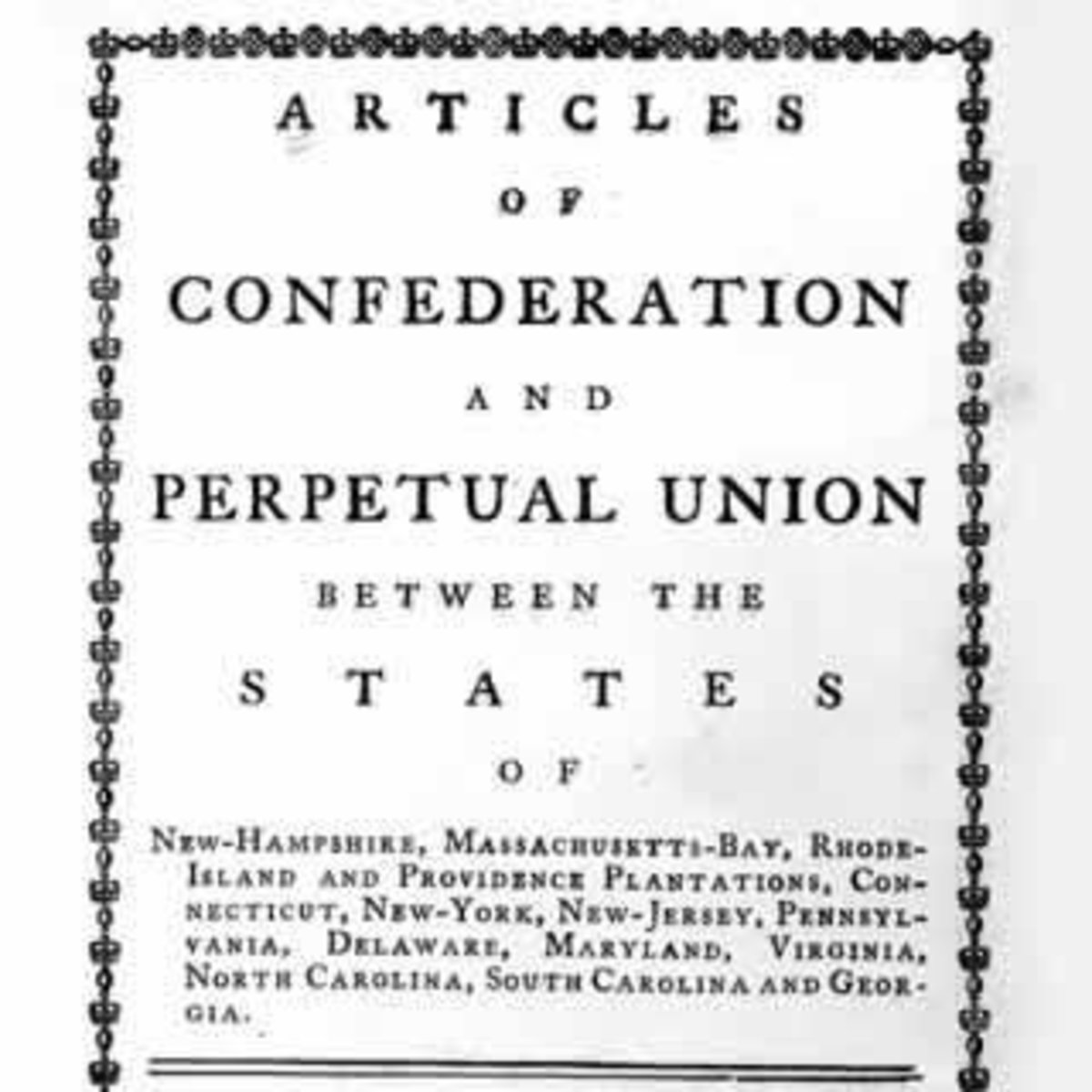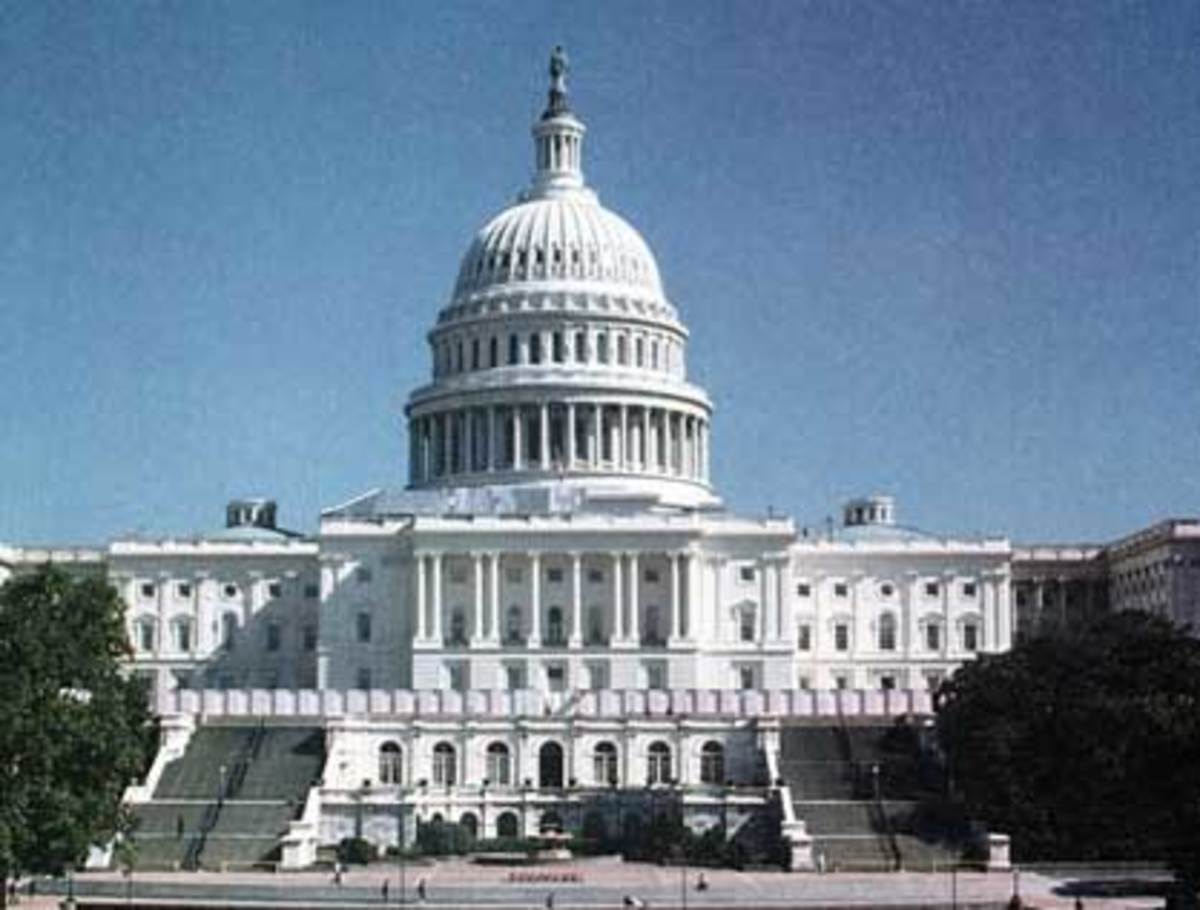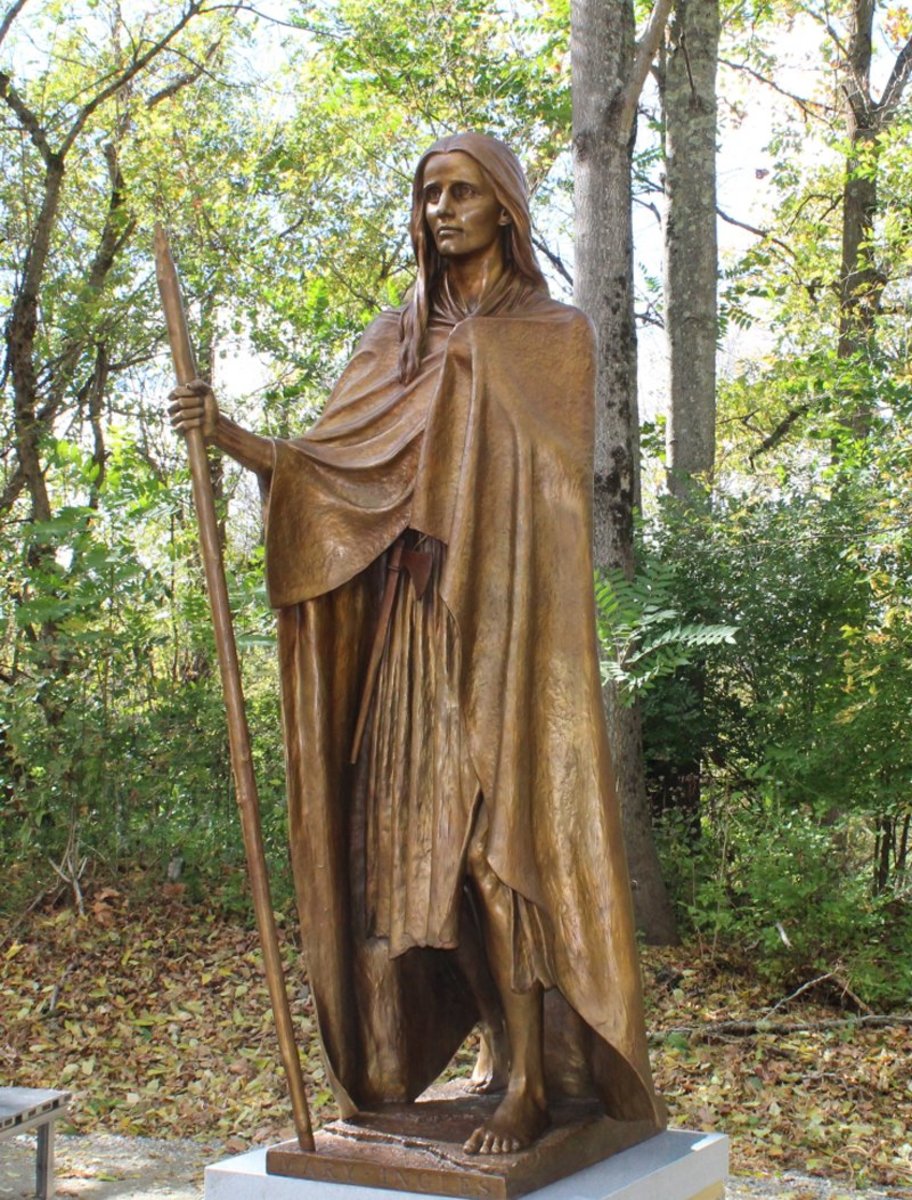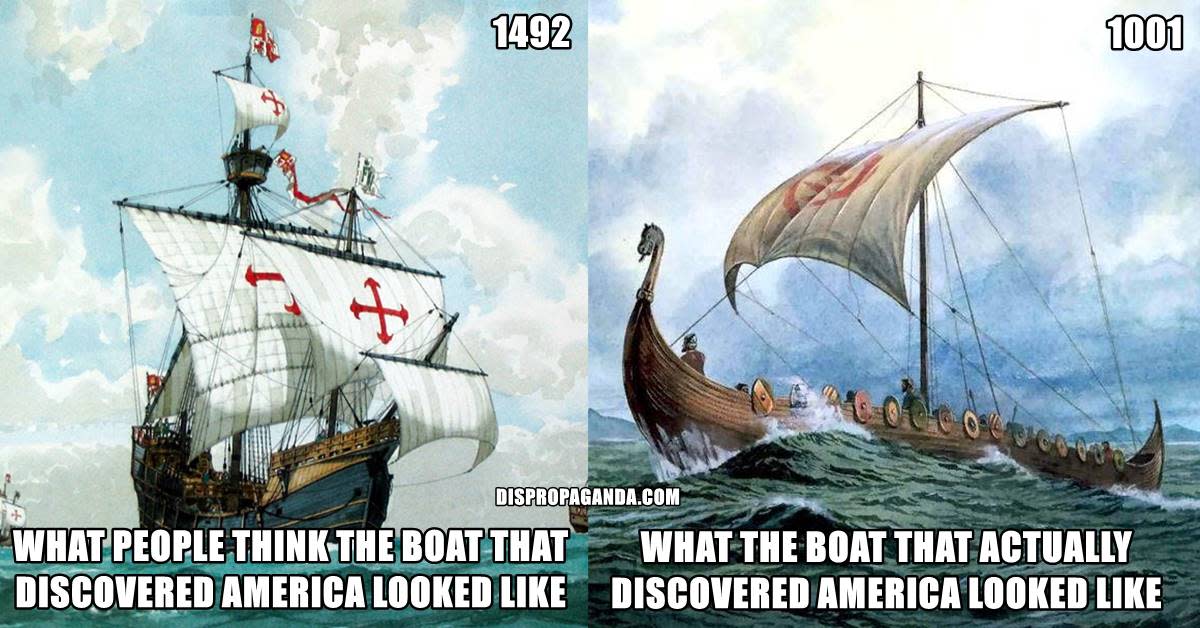- HubPages»
- Education and Science»
- History & Archaeology»
- History of the Americas
Governments Created by the Articles of Confederation and State Consititutions
Governments
The governments that were established by the Articles of Confederation and the thirteen state constitutions were democratic in several ways. Democracy was important to Americans. They had just come from a government that they didn’t have any say in. The things to consider when determining if the governments were democratic are the balance of power between the branches of government, the extent of voting rights granted to the public, and the national land policies. These three things decided the democracy of the governments.
The balance of power between the branches of government is an important part of determining the democracy of the thirteen state constitutions. Each state had its own form of legislature. There were many different kinds. New York was a bicameral legislature, which means there were two houses, a lower and an upper, with equal powers. The Constitution of New York reads, “… the supreme legislative power within this state shall be vested in two separate and distinct bodies of men; the one to be called the assembly of the State of New York, the other to be called the senate of the State of New York; who together shall form the legislature..” New York had only two branches of government however there was also a governor. The governor had the power of veto which the two houses could override with a two-thirds vote from both. In section five of the Virginia Declaration of Rights it states, “That the legislative and executive powers of the state should be separate and distinct from the judiciary…” Virginia had three branches of government. These three branches were all separate and equal. Balancing the power between the branches of government was an important part in keeping the thirteen state constitutions democratic. The Articles of the Confederation had no national judiciary and no separate executive branch. However the Articles created Congress which was kept balanced by voting.
The extent of voting rights granted to the public was obviously an important factor in determining if the Articles and thirteen state constitutions were democratic. In Congress, created by the Articles of Confederation, each state had a single vote. A presiding president was elected annually by Congress. Most votes were decided by a simple majority of the states; however major questions required the agreement of nine states. The 1776 New Jersey Constitution ‘accidentally’ granted land holding women the right to vote by stating, “That all inhabitants of this Colony, of full age, who are worth fifty pounds proclamation money, clear estate in the same, and have resided within the county in which they claim a vote for twelve months immediately preceding the election, shall be entitled to vote…” It wasn’t until 1807, 33 years later, that a new state law limited the right to vote to “free white male citizens.” I think that the New Jersey Constitution was purposely written so women could vote. When enough powerful white men complained, the county was forced to change the law. Section six of the Constitution of New York reads, “That every male inhabitant of full age, who shall have personally resided within one of the counties of this state for six months immediately preceding the day of election, shall, at such election, be entitled to vote…if aforesaid, he shall have been a freeholder, possessing a freehold of the value of twenty pounds, within the said county, or have rented a tenement therein of the yearly value of forty shillings…” In other words all adult free white males who owned land worth twenty pounds or rented a place worth forty pounds, and who had lived in the colony for six months was allowed to vote. The extent of voting rights granted to the public was obviously an important factor in determining if the Articles and thirteen state constitutions were democratic. The fact that only free white male land owners were allowed to vote leads to the question of if the thirteen state constitutions were actually democratic. Because some people were allowed to vote it was democratic.
National land policies, how they were organized, and what they were expected to accomplish, were an important part of determining the democracy of the Articles of Confederation. The thirteen state constitutions didn’t deal with national land policies. Right from the start of the Articles there were problems. Twelve states soon voted for the Articles, but Maryland held up final ratification for three years. They demanded that the eight states with western claims cede them to Congress. Virginia finally broke the stalemate by promising to cede its lands. Maryland then agreed to ratification. In 1784 Congress took over the problem of extending national authority over the West. The western public domain would eventually be divided into states that were equal to the original thirteen. When the population of a territory reached twenty-thousand they could establish a constitution and government. Once the population got to the size of the smallest original thirteen they could petition for statehood, provided they promised to be a member of the Confederation forever. The Land Ordinance of 1785 was an act passed by Congress under the Articles that created the grid system of surveys by which all public land was made available for sale. It was passed to avoid the chaos of overlapping land claims like in Kentucky. Many people settled the West illegally. The government set in troops to evict people, but as soon as they left the people moved back. In the Northwest Ordinance of 1787 Congress established a system of government for that area. Three to five states were to be made out of it. These states were to be equal to the original states completely. Slavery was prohibited in this area. The initial guarantee of self-government was replaced by of a congressionally appointed court of judges and governor. Once the white male population of the territory was five-thousand they would be able to choose an assembly, but the governor was given power of absolute veto. The first governor congress chose was the president of the Ohio Company. The creation of the land system was a main achievement of the Confederation government. National land policies, how they were organized, and what they were expected to accomplish, were an important part of determining the democracy of the Articles of Confederation.
The governments that were established in the Articles of Confederation and in the thirteen state constitutions were democratic. Democracy was very important to Americans seeing as they had just left a government they didn’t have any say in. You must remember three factors in deciding if the governments established in the Articles of Confederation and in the thirteen state constitutions were democratic. Those three factors were the balance of power between the branches of government, the extent of voting rights granted to the public, and the national land policies. After looking at these three factors it is clear that the governments that were established in the Articles of Confederation and in the thirteen state constitutions were democratic.








